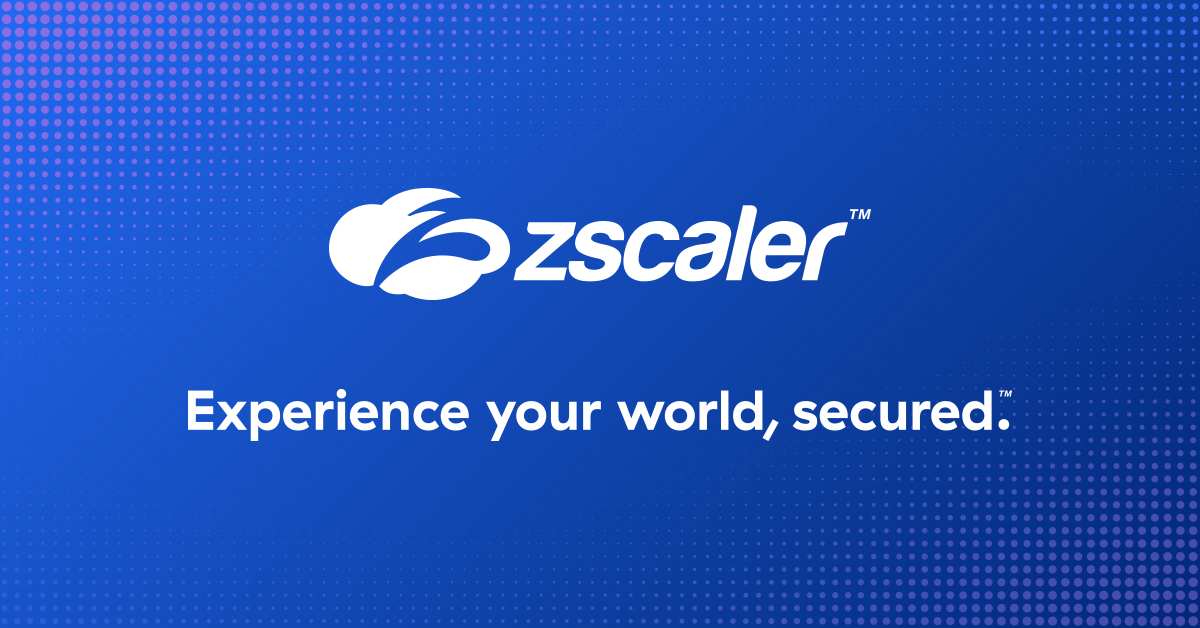Post Content
Network operations professionals are under constant pressure to keep IT systems operational, especially with a hybrid workforce and distributed applications. Downtime or outages can have serious consequences for a business, so technical expertise, communication skills, and the ability to handle stress and unexpected challenges are all essential qualities for success.
In addition to these key qualities, it’s also becoming increasingly important for network operations professionals to stay up-to-date on the latest technological trends and best practices. One area that’s particularly important in today’s distributed world is digital employee experience (DEX).
The network is a complex, changing, and critical dependency
It’s vital to keep employees productive, and focusing on DEX helps ensure a flawless user experience–everything from the speed and reliability of the network to the usability of SaaS and private applications. By focusing on making these interactions as seamless as possible, organizations can ensure employees are productive, no matter where they are or what device they’re using.
As organizations look to drive DEX strategies, moving applications to the cloud (public or private) significantly reduces the time it takes for employees to access applications. It’s important to note that moving away from complex networking technologies such as VPNs further simplifies troubleshooting and improves the overall security posture. Taking these concepts into consideration significantly increases productivity gains and cost savings, and creates a more flexible and agile workforce.
Key strategies to improve DEX with detailed network analysis
The key strategy for improving DEX is to invest in network monitoring tools that provide holistic views so all IT teams leverage the same data insights. In doing so, organizations can identify and resolve network issues before they have a significant impact on business operations. For example, by monitoring key metrics such as latency and packet loss, network operations professionals can keep critical applications available and get to the root cause of an IT issue before it widely impacts end users.
Holistically understand issues from apps to routers
In addition to these technical strategies, it’s also important for organizations to prioritize employee training and development. Many monitoring tools require hours and hours of training to ensure the users are able to derive value. However, newer technologies that utilize AI cut through the amount of time required to identify issues. By leveraging AI, network operations teams can quickly identify a user is having a device, network, or application issue, all without bothering the user with basic troubleshooting questions.
Zscaler Digital Experience (ZDX) collects millions of telemetry points to drive intelligent AI resolution
If you’re looking to reduce your stress when it comes to triaging networks, there are a variety of resources and tools available to help. One option is to attend the webinar on “Ensure 24/7 Uptime and Reliability with Detailed Network Path Analytics for Network Operations.” In this webinar, you will see live demos on how to troubleshoot IT issues in seconds from a global view and learn how to deep dive into user-specific issues, all with the same dashboard. No need to log into five different interfaces to get resolution fast! Learn how ZDX provides full end-to-end visibility with hop-by-hop analysis and packet captures, all without disturbing the end user.
It’s time to reduce your stress with triaging networks and learn more about:
How to effectively monitor end-to-end networksWhy network monitoring tools fail within secure environmentsNetwork path (Zscaler Digital Experience CloudPath) metrics like latency, packet loss, and moreReal-world troubleshooting examples leveraging AI to identify root causes in seconds
Register now for the webinar and see for yourself!











